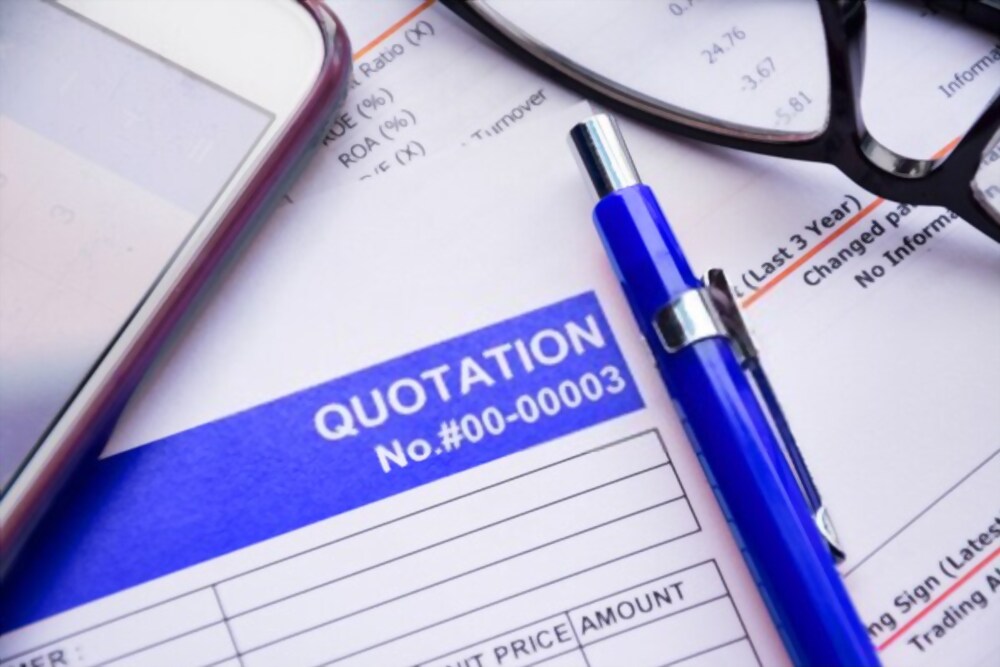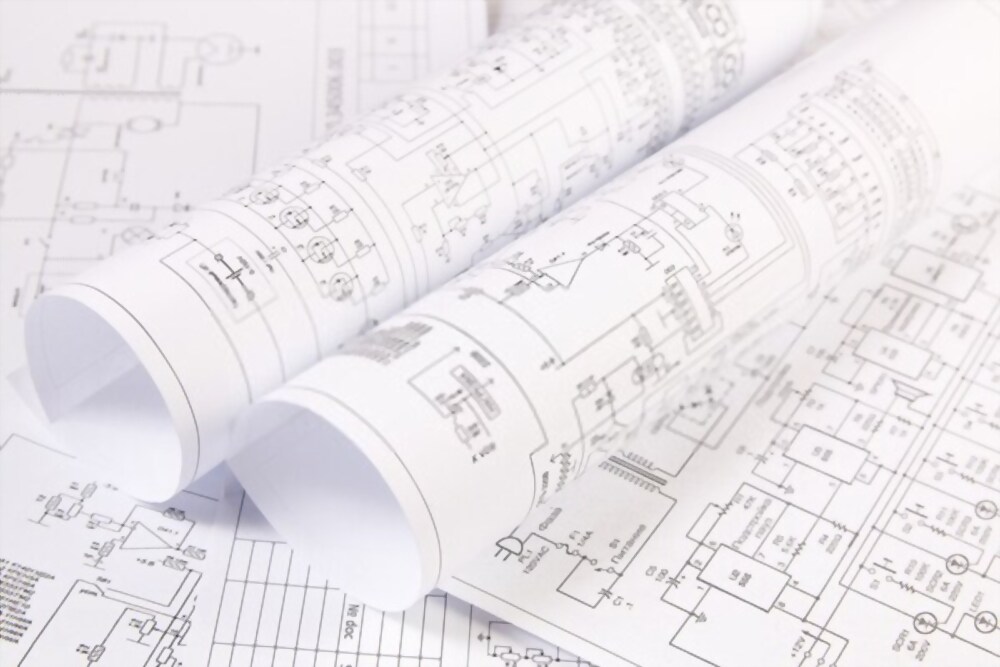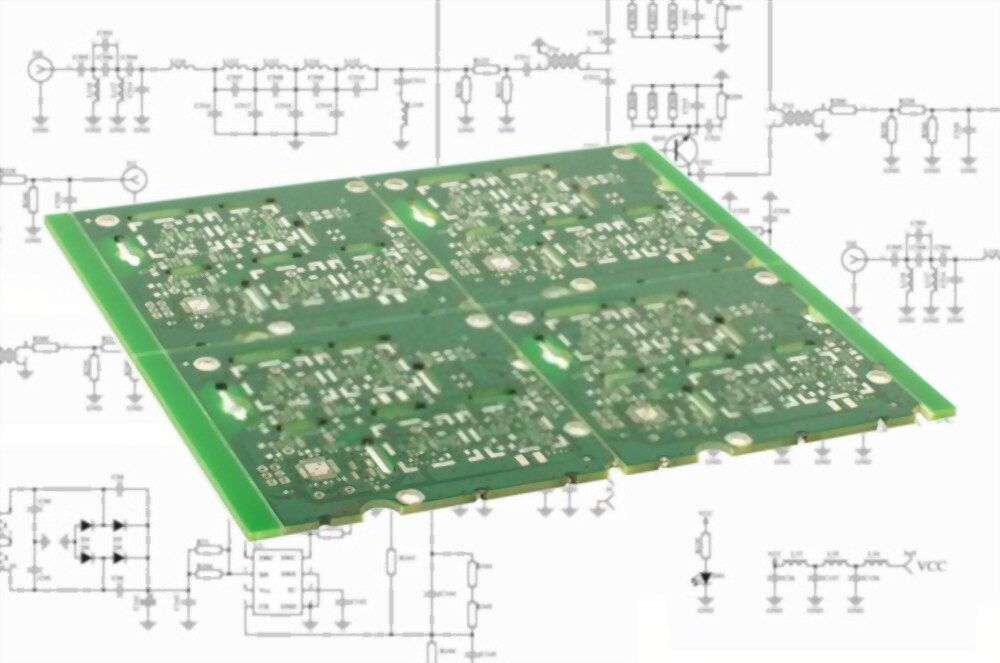Electronic Design
Step By Step GuidLine
1
Requirements Definition
Projects begin with understanding your detailed engineering and business requirements. This may be pre-defined or generated in discussions with Hadiban Electronic team.
2
Design Proposal (Outline)
The first step involves formally documenting the client’s requirements, encompassing their application, required electronic and mechanical specifications alongside relevant environmental and power aspects. These are formalised into our initial Design Proposal for client acceptability sign off and thus achieve mutual agreement of expectation at this earlier stage.
3
Design Proposal (Costs/Time-scales)
Once the specification is mutually approved, by harnessing our range of skills and experience we are able to provide you with accurate and realistic proposals for the complete design process at this early stage: Based on a detailed project plan, this will define our understanding of your requirements, estimate project costs and clarify the time-scales involved.
4
Project Plan
Once given the green light, your first deliverable is our detailed project plan, showing time-scales of each sub-phase of the project. The project plan is reviewed internally weekly and re-issued to the client should any change have occured. Time-scales can fluctuate mid-project, shortened by more expedient than anticipated client approval, or lengthened by a mid-project change; time-scale impacts presented through our ECR (engineering change request) system and, assuming approval, reflected dynamically within the project plan.
5
Schematic Design
Once agreed, we then design the board to the Design Specification, employing techniques to meet with client type approvals such as EMC emissions, temperature range, vibration, and circuit protection. Completed schematics are then sent for approval before moving to the board layout stage.
6
PCB Design
Our Design Engineers then proceed to the board layout stage and this addresses and specific physical parameters as highlighted within the Design Specification document. We typically provide a 3D CAD model, or interactive 3D PDF (note: Desktop Adobe PDF reader only), of the board to help clients visualise the final board layout.
1) Requirements Definition

Projects begin with understanding your detailed engineering and business requirements. This may be pre-defined or generated in discussions with Hadiban Electronic team.
2) Design Proposal (Outline)

The first step involves formally documenting the client’s requirements, encompassing their application, required electronic and mechanical specifications alongside relevant environmental and power aspects. These are formalised into our initial Design Proposal for client acceptability sign off and thus achieve mutual agreement of expectation at this earlier stage.
3) Design Proposal (Costs/Time-scales)

Once the specification is mutually approved, by harnessing our range of skills and experience we are able to provide you with accurate and realistic proposals for the complete design process at this early stage: Based on a detailed project plan, this will define our understanding of your requirements, estimate project costs and clarify the time-scales involved.
4) Project Plan

Once given the green light, your first deliverable is our detailed project plan, showing time-scales of each sub-phase of the project. The project plan is reviewed internally weekly and re-issued to the client should any change have occured. Time-scales can fluctuate mid-project, shortened by more expedient than anticipated client approval, or lengthened by a mid-project change; time-scale impacts presented through our ECR (engineering change request) system and, assuming approval, reflected dynamically within the project plan.
5) Schematic Design

Once agreed, we then design the board to the Design Specification, employing techniques to meet with client type approvals such as EMC emissions, temperature range, vibration, and circuit protection. Completed schematics are then sent for approval before moving to the board layout stage.
6) PCB Design


